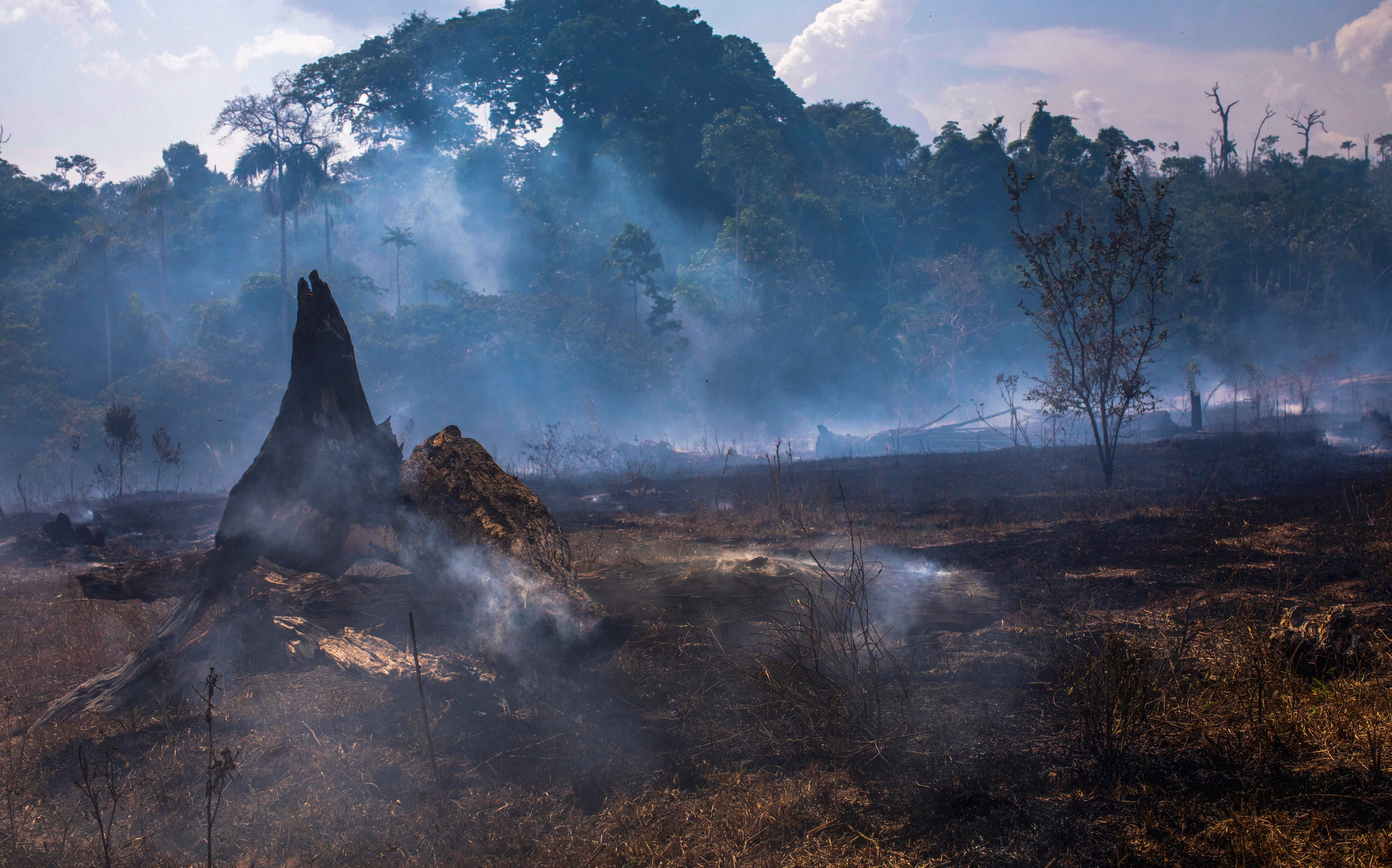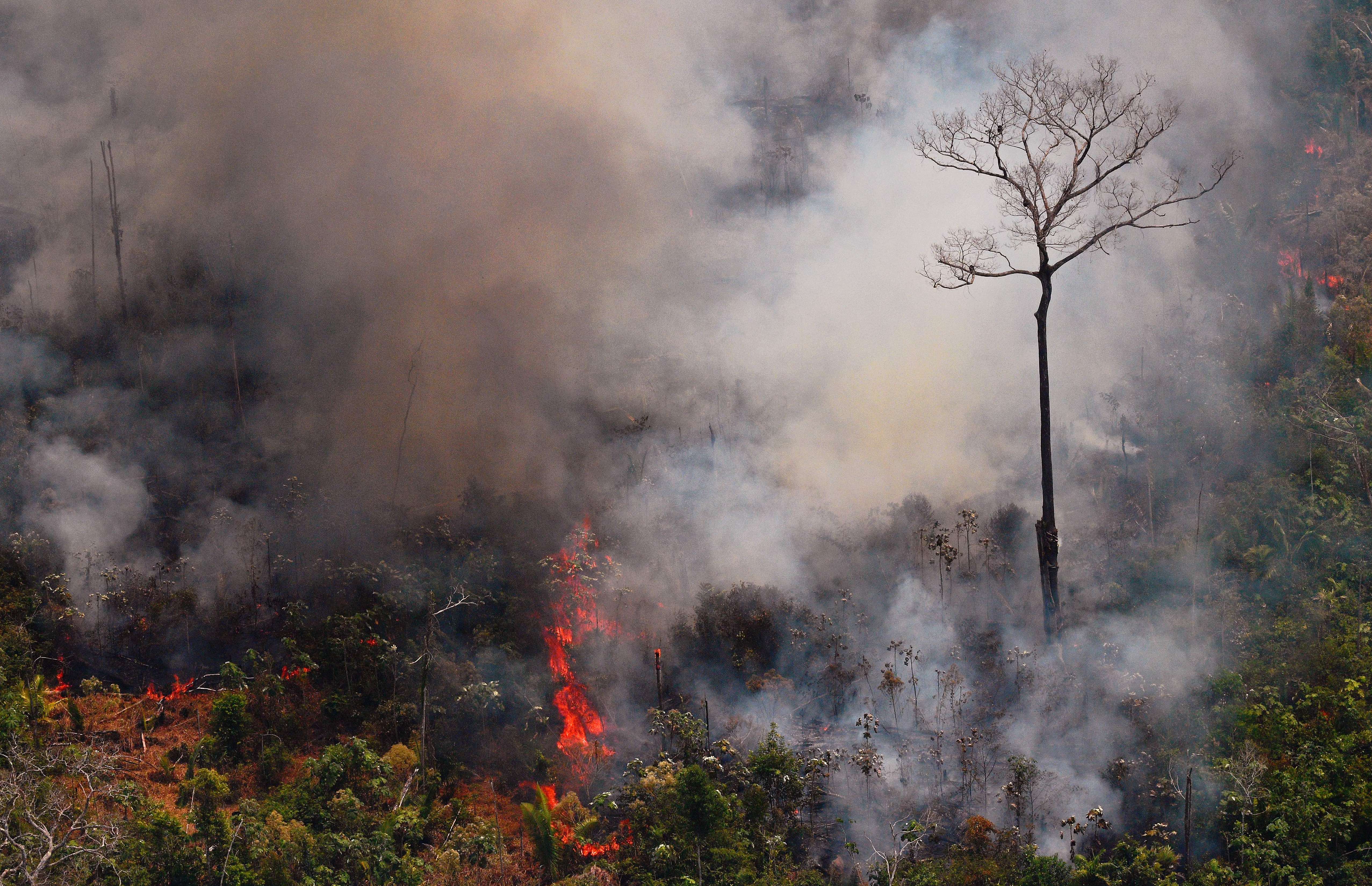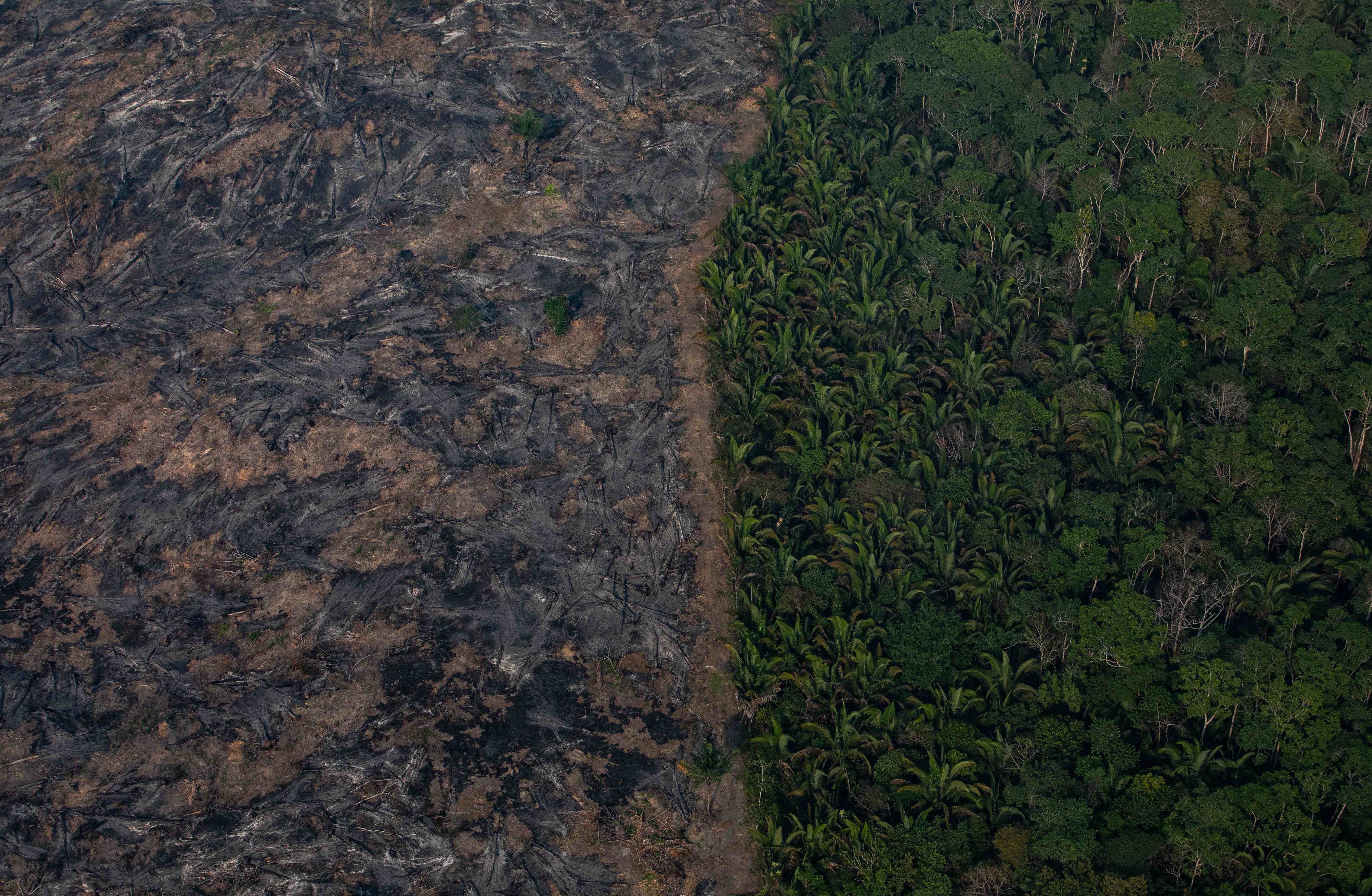
Why are our rainforests burning?

Many of us may think the wet, humid conditions in a rainforest makes them unburnable, but bushfires in Australia and the Amazon are proving otherwise
Published 12 September 2019
Rainforests don’t burn, or do they?
At the moment, many of us in Australia are seeing reports of the Queensland wildfires burning down rainforests.

There were actually similar reports from Tasmania earlier in the year, but afterwards, researchers found very little rainforest had burnt even within the fire perimeter.
Regardless, as the climate changes, we are likely to see increased potential for these areas to burn.
Drivers of fire
There are four key switches that need to be turned on at the same time for an area to burn – fuel loads, fuel moisture, fire weather and an ignition.

Currently, we’re seeing weather conducive to fires and there have been a large number of ignitions with more than 100 fires burning in New South Wales and Queensland. Under these conditions, it’s the fuels that determine where these fires will burn.
Fuel loads and structure can affect fire spread and aspects of behaviour like flame height, rate of spread and intensity.
Typically, due to decomposition rainforests have a very low amount of surface fuels (these are fuels sitting on the ground , mostly made up of dead, dry leaf litter and twigs).
The naturally high levels of moisture that give rainforests their name result in rapid break down of leaves once they fall from the canopy, so that these areas have much lower fuel loads compared to adjacent wet and dry forests.
But surface fuels aren’t the whole story when it comes to fuels – there are shrubs and grasses that also contribute to fire behaviour. If you’ve ever been for a walk through areas like this, the vegetation is quite dense, but much of the foliage often holds moisture making them less likely to burn.

Fuel moisture is the greatest limitation for fires burning into rainforests.
In fact, these areas rarely burn because the moisture in the soil and vegetation slows or stops the fire. You only have to think of how difficult it is if you try to start a campfire with damp or green leaves.
But, there’s now the expectation that under hotter and drier climates, areas like this are going to become more vulnerable to fire more frequently, increasing the potential for fires to burn into these rainforest patches.
Recent research has demonstrated how dry some areas of Australia now are, and that the likelihood of fire across all forest types in NSW and Queensland is quite high.
Does it matter if rainforests burn?
Fire is a confronting and emotive issue.
Many people find it challenging to look at images of natural landscapes after fire. Trees are charred with their leaves gone, the understorey vegetation has been burnt away and, at times, there is nothing left but ash.
However, wait a few weeks or months and the vegetation begins to grow back.
Australian flora and fauna are incredibly resilient to fire and have an amazing range of mechanisms to recover after a fire, even in rainforests.

A single fire rarely is cause for concern, rather a bigger concern is the frequency of fires. If fires occur too closely together they won’t allow sufficient time for plant or animal populations to recover enough to respond to the next fire.
At times, long gaps between fires in other systems can result in the loss of fire dependent species.
Rainforest species are typically considered fire sensitive.
Australia once had a much greater coverage of rainforest until around 23 million years ago when rainfall started to decrease and a range of fire dependent species evolved, creating the diverse Australian environments we see today.
Dry weather and proliferation of fire responsive species created a cycle of increased fire, which further promoted fire responsive species at the expense of rainforest species.
But fire in a rainforest isn’t necessarily bad – it just depends on the type of fire.
Lower intensity fires that only impact on the understorey aren’t necessarily a major cause for concern. These species are likely to respond from either the seedbank in the soil or through resprouting from below ground energy stores.
But high-intensity fire that kills all of the trees will result in ecosystem change that may take centuries to recover, if at all.

The impact of climate change
Areas like this have the potential to burn more frequently under future climates.
A regime of increased fire, even low-intensity fire, will likely impact on these communities by changing the species composition and, potentially, the flammability of the systems.

The promotion of drier more flammable species in the rainforest is also likely to promote further fire.
But we won’t be able to say definitively that these fires are a result of climate change or not until it is too late. Fire regimes will interact with climate change and likely be the agents of change.
We are already seeing examples where plant populations aren’t able to establish post-fire as a result of unsuitable climates.
Fires will undoubtedly be agents of ecosystem change under future climates, but how and when is still a topic of much debate.
Banner: Getty Images
